Handicrafts are one of the splendid cultures created by the laboring people in China. Xinjiang’s arts and crafts industry has formed a system of carpets and tapestries, embroidery handicrafts and national handicrafts, which are becoming an important part of Xinjiang’s economic development.
Xinjiang carpet
Hotan is the hometown of Xinjiang carpet. Xinjiang carpet is also called Oriental carpet. Its style, pattern and color are full of strong national characteristics and local style. It is famous for its superior raw materials, fine texture, dense pile, thin and flat carpet surface, and complicated patterns. There are many kinds of designs, most of them are symmetrical and neat, with rough lines and strong contrast colors. Xinjiang carpet can be hung on the wall of the hall, or spread in the indoor corridor. The carpet has smooth luster, flat and soft board, beautiful and generous appearance, and fresh color. It is an ideal high-grade product for family and hotel furnishings.
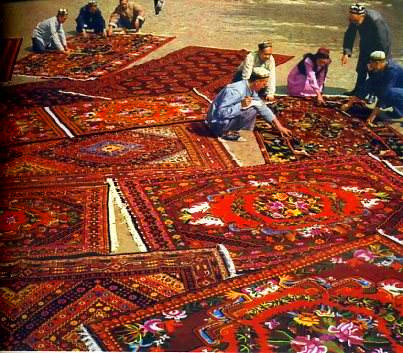
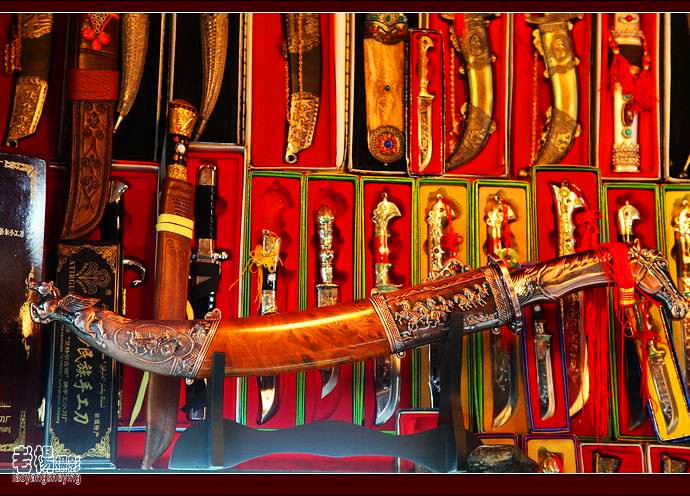
Craft knife
There are four famous knives in Xinjiang, Yili shamusak folding knife, Yingjisha craft knife, Yanqi Chen Zhengtao knife and Shache buyingti folding knife. Among them, ingesha knife is most famous for its exquisite shape, beautiful pattern and sharp edge. They are unique in technology and style. They are praised for its economic, beautiful, practical, convenient, exquisite and easy to carry。
Flower cap
Wearing flower hats has been a traditional habit of Xinjiang ethnic minorities for hundreds of years. Xinjiang flower hat has various styles suitable for Uygur, Kazak, Kirgiz, Hui and other nationalities, all of which are embroidered with various patterns by hand, using traditional methods such as embroidery, picking flowers, beading, etc. The flower hat with exquisite workmanship, lively and diverse patterns and beautiful shape has evolved from the favorite items of ethnic minorities in Xinjiang to the exquisite handicrafts with wide use, which are often hung on the wall by ethnic minorities as family decorations. Especially when it comes to festivals, weddings and visiting relatives and friends, Uyghur people will wear beautiful flower hats to dress up themselves.
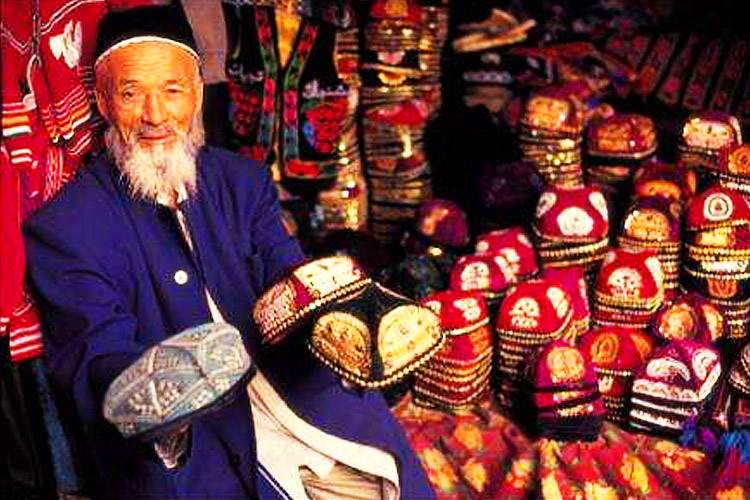
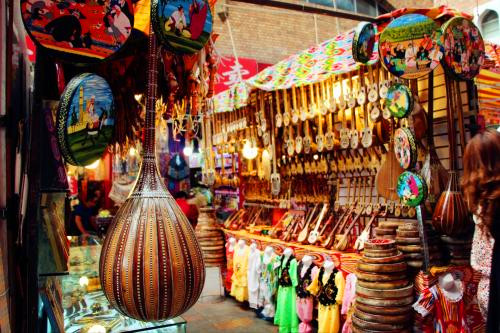
Musical Instruments
Xinjiang is known as the “hometown of singing and dancing”. People of all ethnic groups are good at singing and dancing. In history, “Kucha music” is the treasure of Chinese music. The prosperous music has produced many musical instruments, the most of which are Uyghur nationality. There are more than ten kinds of musical instruments, including plucking, stringing, pipe blowing and percussion. It is mainly composed of rawap , dultar, kalongqin, aijieke, Sartre, huxitar, surna , Dafu (hand drum), etc In addition, there are Dongbula of Kazak and kumzi of Kirgiz. Most of them are exquisite, beautiful and practical. They are the Pearl in the treasure house of Chinese musical instruments.
Adelais silk
Adelais silk is a traditional handicraft fabric with Kashi and Hotan characteristics in Xinjiang. Its tie dyeing technology is unique, soft, light and elegant, with clear patterns, symmetrical layout, rigorous combination, gorgeous colors, strong national characteristics, and rich artistic charm, which are concentrated in the scale. It is deeply loved by Xinjiang Uygur and Uzbek women to make skirts. Adelais silk weaving and dyeing process is extremely complex, fine workmanship, weaving labor intensity, all processes are completed by the craftsman’s manual operation. Because all of them are produced by silk, without any auxiliary textile materials, they are dyed with natural plant dyes. Therefore, it is harmless to human body and skin, and has certain health care effect.
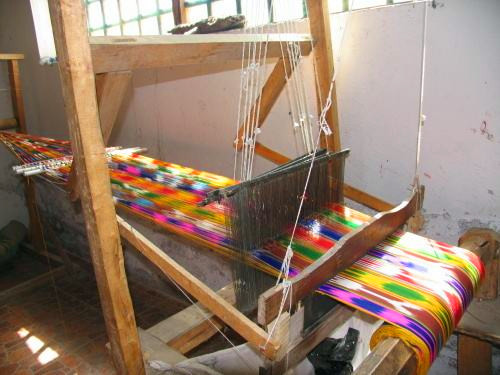
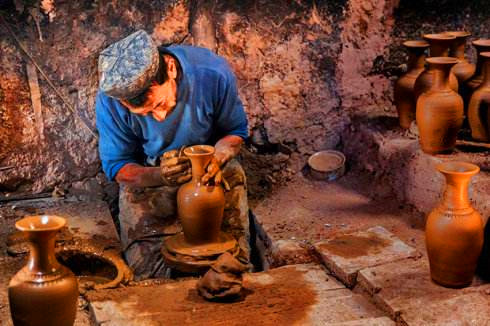
Xinjiang earthenware
Xinjiang earthenware has a very long history of production, as far back as the Neolithic age, Han and Jin Dynasties to the production of colored pottery, with an ancient and unique national style. Xinjiang earthenware can be divided into two types: glazed pottery and white pottery. Most of them are white pottery with a sharp bottom. They are placed on wooden shelves or half buried in the ground to keep the water clear and cool. There are many kinds of glazed pottery, such as bowls, plates, bottles and pots, especially those in Yingjisha. The body of the pot is hollow without water leakage, which is rare.
